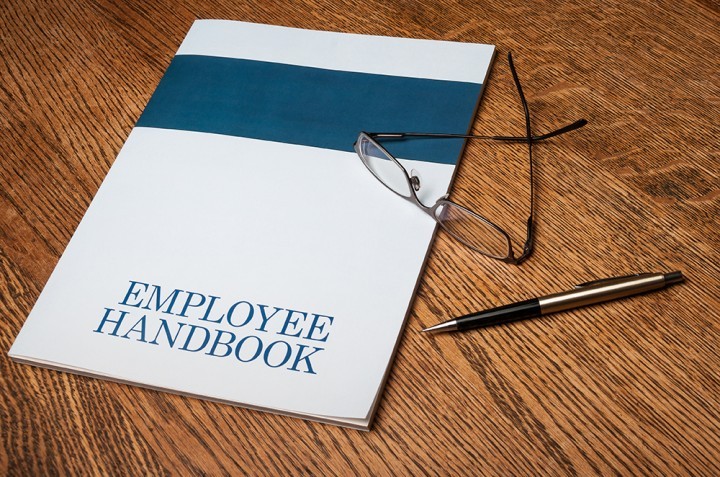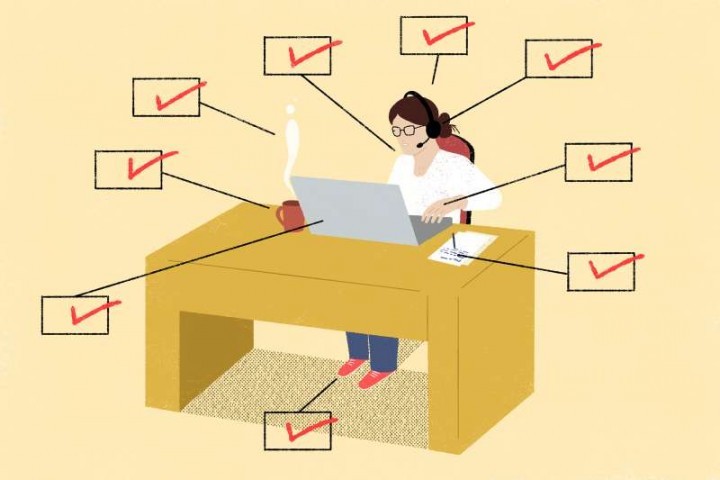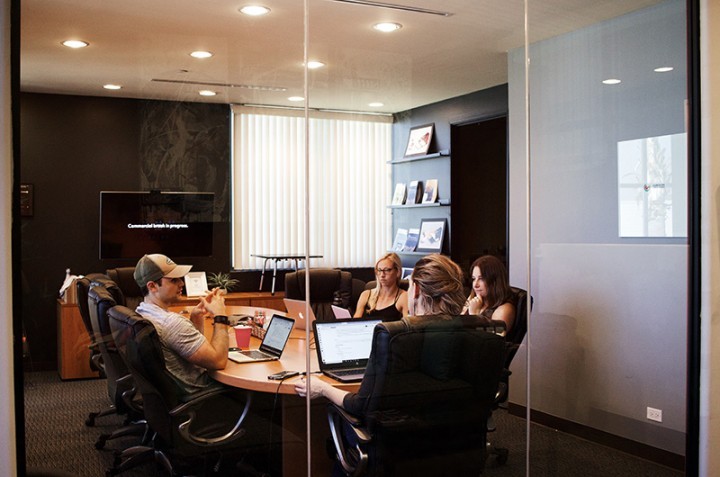
How To Incorporate A Flexible Work Week Without Losing Productivity?
There was a time when we worked 5 or 6 days in a week in an office atmosphere, from 9 to 5 by following a strict routine. There was a time when an office atmosphere was a must for all regular meetings and reviews in order to ensure that projects or regular activities are on track. The Covid-19 pandemic has made us to change our thoughts on traditional working system.
Today’s corporate culture is completely different from what was predominant even a decade ago. There is so much more emphasis on making the work culture employee-centric instead of being employer-centric like before.
Work life balance is important and it is even more important now that your employees have had a taste of working from home. The working world has changed and has slowly adapted to the modern world. The image of a workaholic who spends maximum hours working in the office is diminishing as companies want to ensure their teams are given the flexibility they need.
Flexible work weeks are the new norm at most workplaces. The challenge for most employers is how to incorporate flexible shifts while still maintaining employee productivity. Today HRavailable is discussing how effectively you can implement a flexible work system in your organisation
What is Flexible working?
Work flexibility refers to a practise where employers allow employees to have a choice when it comes to how long, when, and where they should work. Everyone is contracted to set hours; however, work flexibility allows them to decide to complete this. The freedom that comes with work flexibility gives the employees the power to align their professional responsibilities with their personal needs.
Even though work flexibility is the buzz word these days across all workspaces, it should not be implemented in every organization. This cannot be extended to all the employees if it is not advantageous to their work responsibilities and the kind of work that they are engaged in. A computer engineer can code sitting at the comfort of her home or a café but a civil engineer cannot manage the construction site remotely. Work flexibility should only be implemented if it is mutually beneficial for both the employees and the organization otherwise it would only lead to chaos and failure. There are many organizations that require the compulsory physical presence of the employees and a flexible work arrangement would be disadvantageous to that effect.
How Flexible working matters?
As per HRavailable work flexibility is no more a perk but a strategic imperative move that can turn around a company’s future.
Unless employees feel content and satisfied at their current work place, they would be looking for greener pastures elsewhere. With work-life balance, a top career priority for the young generation of workers, implementing working flexibility would mean that the current crop of employees will have more control of their time and therefore, a more balanced life. All of this translates to lower attrition rates and increased employees’ loyalty
Since work flexibility is a big crowd-puller, it also builds up the reputation of any organization. Flexible working arrangements show that the organization values and cares for its employees and it can attract the best of the best talents in its sector. Work flexibility does not mean just flexible working hours but also the option of remote working. When it comes to finances, work flexibility leads to lots of cost saving. If the employees have the option of remote working, the overhead administration costs are reduced while the improved productivity, efficiency, and teamwork lead to increased profits.
How to implement Work Flexibility?
You can start by making sure everyone knows exactly what you as a company and a person expects. Work flexibility is not people coming and going as they please; it incorporates arrangements and different arrangements that both benefit the organisation and the employee.
Customise the flexible work system: Work flexibility differs for everyone depending upon their job responsibilities and their personal needs. This well-intentioned move can spiral everything into chaos if it is not implemented properly and every employee is not given the necessary training to deal with this change.
Make sure to give employees independence on their workdays based on their personal and professional needs. All employees will have core working hours that they will need to complete and stick to but overall, how they complete this is down to them.
Set the communication guidelines: For the work flexibility practice to be a success, a lot depends on how you communicate it to the employees. It is important to ensure that there are clear-cut guidelines in place when it comes to flexible work arrangements and everyone is aware of the protocol that needs to be followed.
Whether this is verbally or via a communication platform you must stay in contact with your team. Stick to your meetings and make sure everything you want from them has been communicated and they understand. It is always good to check in on your team but not too much as you do not want to micro-manage them.
Limit meetings: Limiting the number of meetings an employee has to attend would mean that they would not be wasting their time in unnecessary meetings but would actually be putting in managing their own work. This would instantly increase productivity without the need to increase work hours.
Adequate Training: With the advent of technology, it has never been easier for companies to create policies and training that would help the employees as well as employers to adjust to this new way of work. Use the best of the tools and applications at your disposal to turn your workplace into a mobile-friendly one. From using cloud-based work management platforms to official social apps, there are many ways to ensure that collaboration and communication does not take a backseat when work flexibility is pushed to the front.
Your employees have a life outside of work and employers need to acknowledge this. Work life balance has become a key factor in keeping employees motivated and upbeat. The more you give, the more they give. Happiness encourages creativity, happy employees are more accurate and have a better analytical ability. Most importantly happy employees provide a better service.
It can be something of a balancing act to do your best to both keep employees happy and keep them productive at the same time; and implementing flexible working is the best way to achieve this. You however have to be very tactical and strategic about implementing this model in ways that will sustain productivity. If you grant your employees flexibility in how they work, it can proportionally increase their productivity.
Get to know more in-depth knowledge on various HR related topics visit HRavailable.
HRavailable keeps you updated on the latest news in the job market.
Get notified about the latest job openings through HRavailable and never miss a chance to get noticed by the recruiters.















































































































































